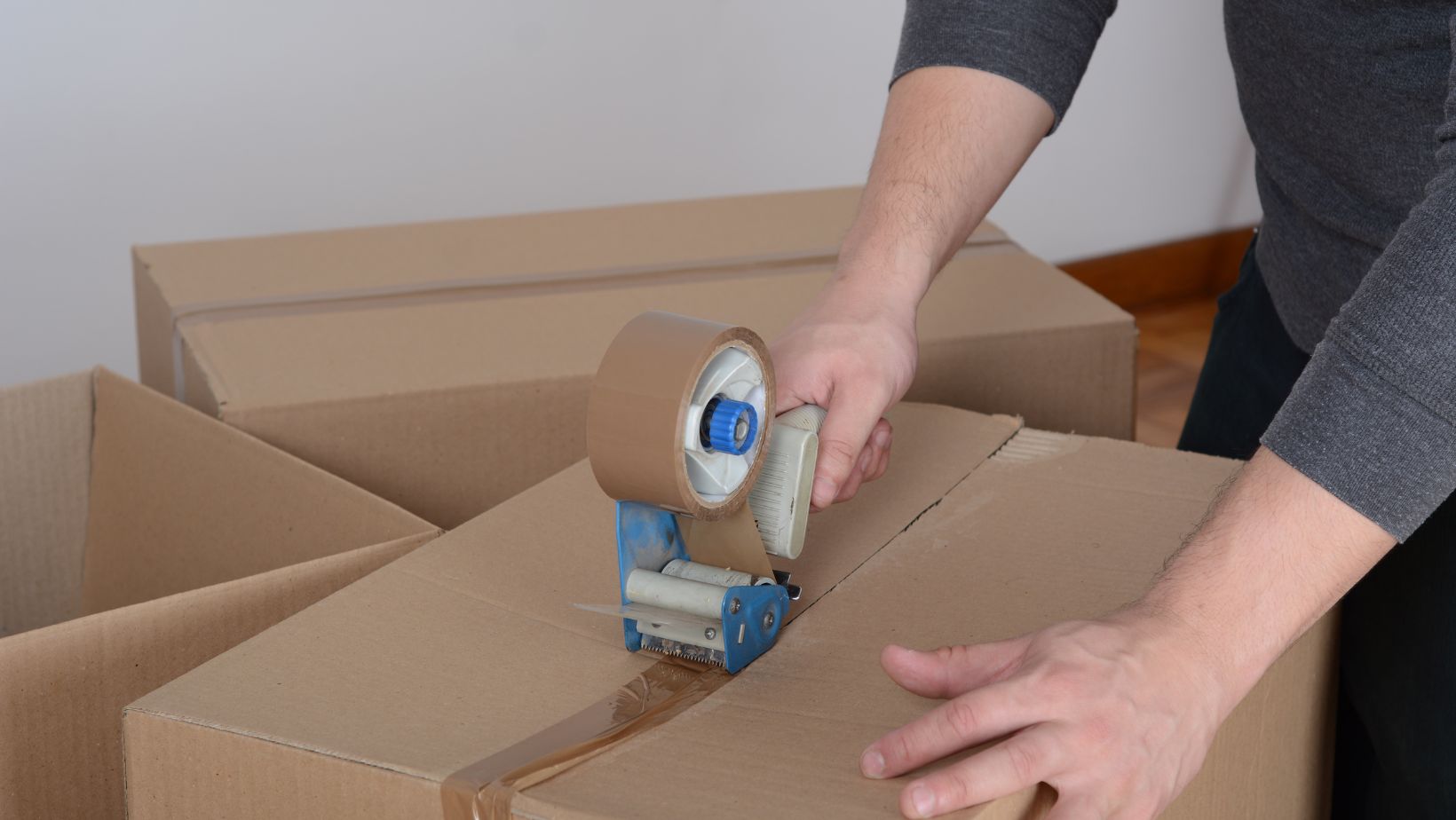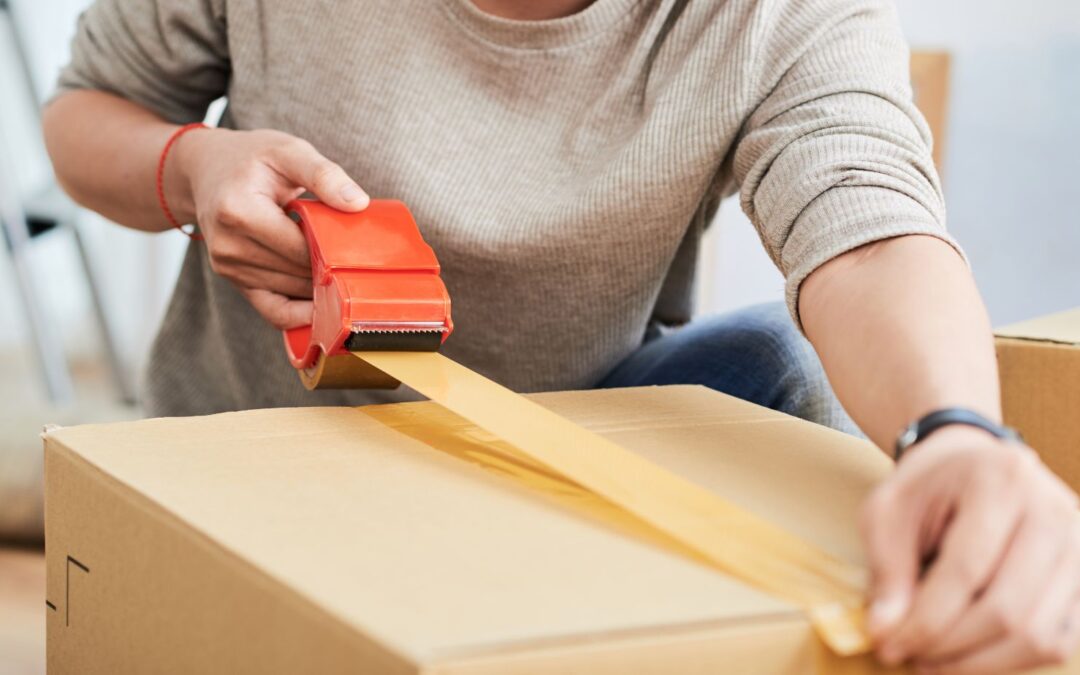Efficient packaging is a cornerstone of streamlined operations for businesses. One of the most underestimated yet vital elements of packaging is the carton sealing tape. Selecting the appropriate tape for your needs can dramatically enhance productivity, reduce waste, and ensure product safety. Here’s how you can improve packaging efficiency by making the right choices.
Understand Your Packaging Needs
The first step in improving packaging efficiency is to understand your specific requirements. Consider the weight of the boxes you handle regularly. Heavier boxes demand tapes with higher tensile strength and superior adhesion to prevent seals from breaking under pressure. Similarly, the material of the boxes is critical; for instance, recycled boxes or those with a glossy coating often require tapes with specialized adhesives that can grip the surface securely. Additionally, think about the shipping and storage conditions. If your products will be exposed to extreme heat, cold, or high humidity, selecting a tape designed to perform under such conditions will prevent seal failures and ensure that products arrive intact.
Choose the Right Type of Tape
Not all tapes are created equal, and the type you choose can significantly impact efficiency. Acrylic tapes are a versatile choice for businesses dealing with long-term storage and fluctuating temperatures, as they maintain adhesion over time. For businesses handling heavy cartons or requiring strong, immediate adhesion, hot melt tapes are an ideal option due to their durability and quick bonding properties. Water-activated tape (WAT) is another excellent choice, especially for companies focused on tamper-evident packaging. This tape not only offers a secure bond but also aligns with sustainability goals due to its biodegradable nature. For businesses wanting to combine branding with functionality, custom-printed tapes serve the dual purpose of sealing cartons while enhancing brand visibility.
Invest in High-Quality Tape
While it might be tempting to opt for cheaper tape options, this can lead to inefficiencies in the long run. Low-quality tapes are prone to frequent tearing, poor adhesion, and difficulty in application, all of which can slow down your packaging line and increase material waste.
High-quality tapes, on the other hand, ensure a smooth and reliable sealing process. They reduce the need for re-taping or fixing broken seals, saving both time and money. Investing in premium tape is an upfront cost that pays dividends in operational efficiency and product integrity.
Use the Right Tape Width
The width of the tape is another factor that influences packaging efficiency. Narrower tapes, such as 2-inch varieties, work well for small to medium-sized boxes, where less coverage is needed. For larger or heavier boxes, a wider 3-inch tape provides better coverage and ensures that the seal remains intact even under stress. Using the correct width not only secures the package effectively but also minimizes the amount of tape needed, thereby reducing costs.
Leverage Automated Tape Dispensers
One of the most effective ways to boost efficiency is by incorporating automation into your packaging process. Automated tape dispensers or carton sealing machines eliminate the inconsistencies of manual application. They can apply tape at a much faster rate, ensuring uniform seals across all cartons. Additionally, these machines reduce physical strain on workers, making them especially beneficial for businesses with high-volume packaging needs. By integrating automated dispensers, you can improve the speed and quality of your packaging line.
Train Your Team
Even with the best materials and tools, improper handling can lead to inefficiencies. Training your staff on proper tape application techniques is essential to avoid common issues like loose seals or tape misalignment. Employees should also learn how to operate and maintain tape dispensers, ensuring that equipment stays in optimal condition. Regular training sessions can address these gaps, empowering your team to handle packaging tasks more efficiently and with greater confidence.
Regularly Assess Tape Performance
Packaging needs evolve over time, and it’s important to periodically assess the performance of the tape you use. Monitor how well the tape adheres to different box surfaces and how it holds up under various environmental conditions.

Gather feedback from your packaging team to identify any challenges they face, such as difficulty in application or frequent tape failures. By consistently evaluating the tape’s performance, you can make informed decisions about whether to continue using it or switch to a more suitable option.
Focus on Sustainability
In today’s eco-conscious market, sustainability is more than a trend—it’s a necessity. Choosing environmentally friendly tapes is not only good for the planet but also for your business’s reputation. Water-activated tape, for instance, is biodegradable and eliminates the use of plastic. Other eco-friendly options include tapes made from recycled materials or those designed to minimize waste. Incorporating sustainable practices into your packaging operations not only aligns with consumer expectations but also helps reduce long-term costs by avoiding excessive waste.
Conclusion
Improving packaging efficiency involves more than just speeding up processes; it requires strategic decisions about materials, tools, and training. By selecting the right carton sealing tape, investing in quality, automating processes, and focusing on sustainability, businesses can enhance productivity while ensuring product integrity. Whether you’re managing a small-scale operation or a high-volume warehouse, these strategies will help you achieve a packaging system that is both efficient and reliable.

